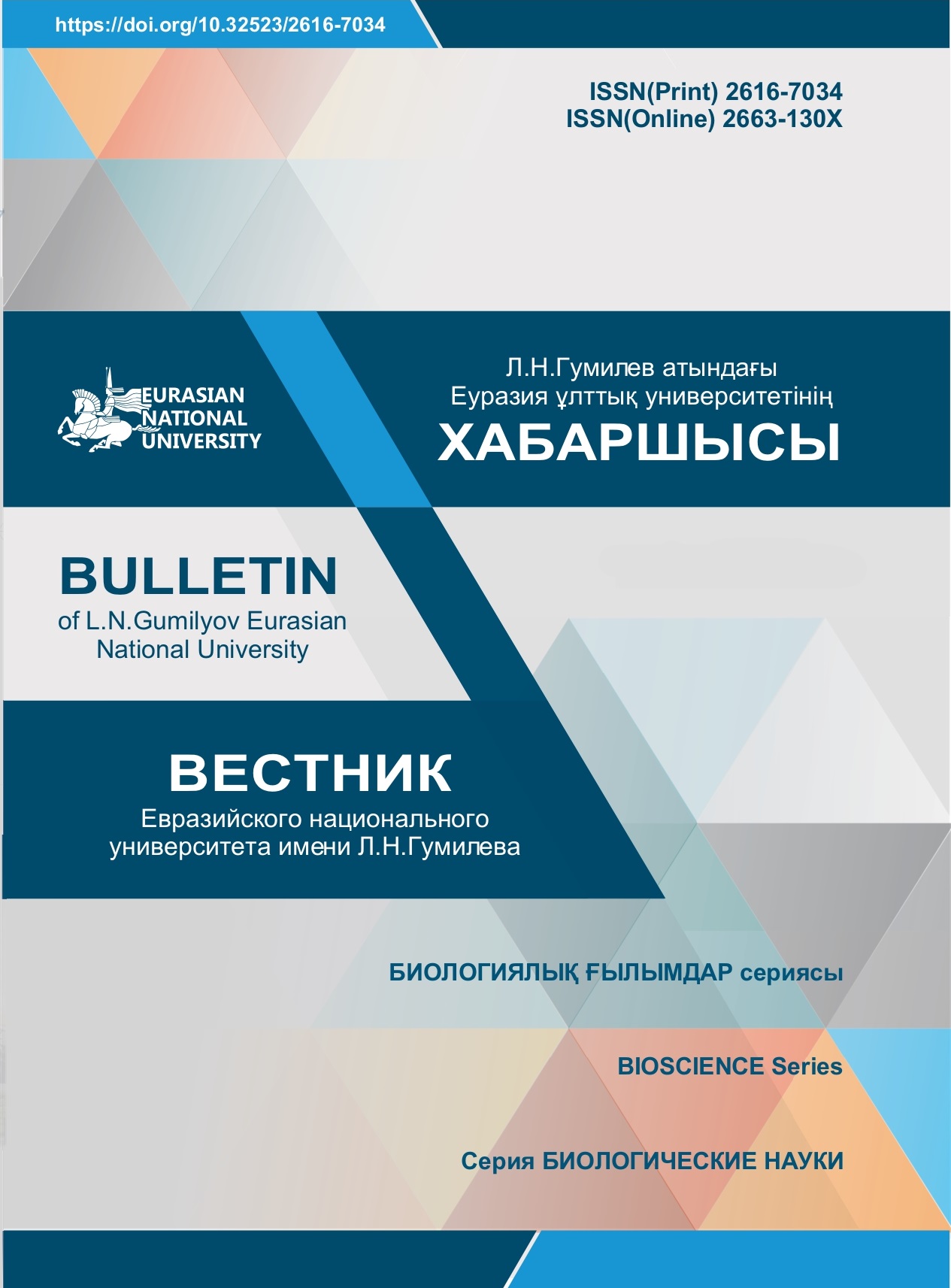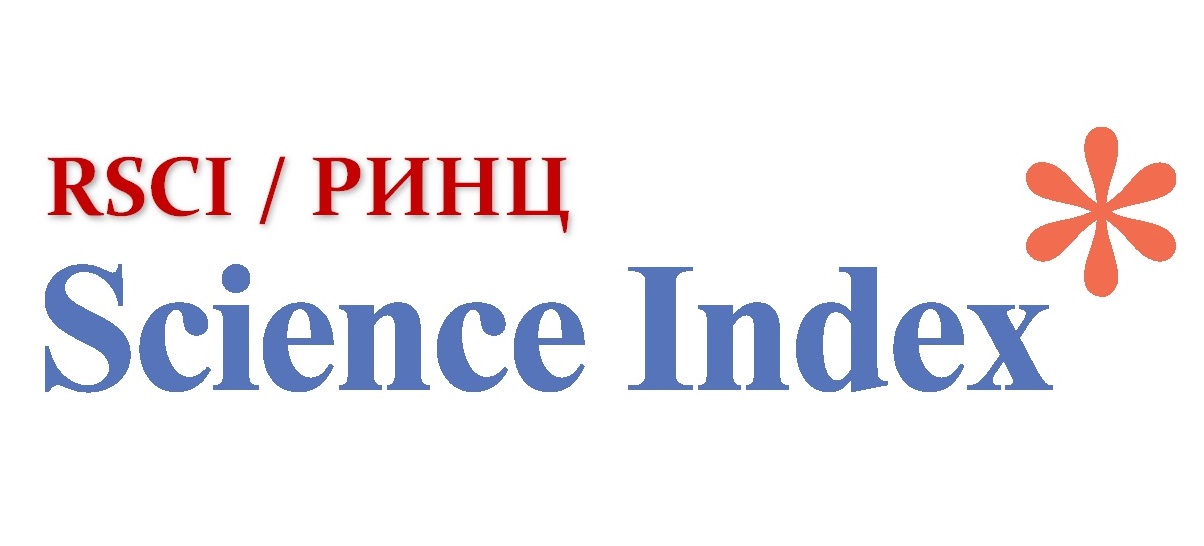Bio ecological features of citrus whitefly (Dialeurodes citri Ashmead, 1885) and their population level in subtropical plants in the Lankaran-Astara region of Azerbaijan
Views: 58 / PDF downloads: 11
DOI:
https://doi.org/10.32523/2616-7034-2020-130-1-8-13Keywords:
polyphage, agrocenosis, wings, monitoring, ecology, citrus whitefly, larva, puparia, imagoAbstract
Citrus whitefly (Dialeurodes citri Ashmead) is a polyphage pest that affects more than 100 plant species [8,9]. The main fodder plants are subtropical and citrus crops. It feeds on vegetable juice. After the appearance of whiteflies on the underside of young leaves, they quickly turn yellow, deform and fall off due to the splitting of chlorophyll. In case of a
large damaged area, growth and development of the plant slows down, the fruits lose their quality. Sticky excreta of whitefly contributes to the spread of sooty mold. Due to the general weakening of the plant, their wintering is complicated, which can lead to the death. Southeast Asia (China, Japan, India) is considered as a birthplace of citrus whitefly. This species belongs to the Aleyrodidae family: group of Homoptera. In the territory of the former USSR, this dangerous pest was first noted in Georgia in 1957 on tangerines [2]. On the Mediterranean coast of Turkey, citrus whitefly was recorded in 1976. [10,11]. In Azerbaijan, the information about the distribution of the species of Dialeurodes citri is given in the work of G. A. Mustafayeva. [1]. There were investigated issues on biology, ecology, harmfulness and degree of damage of plants by this pest in our work.








